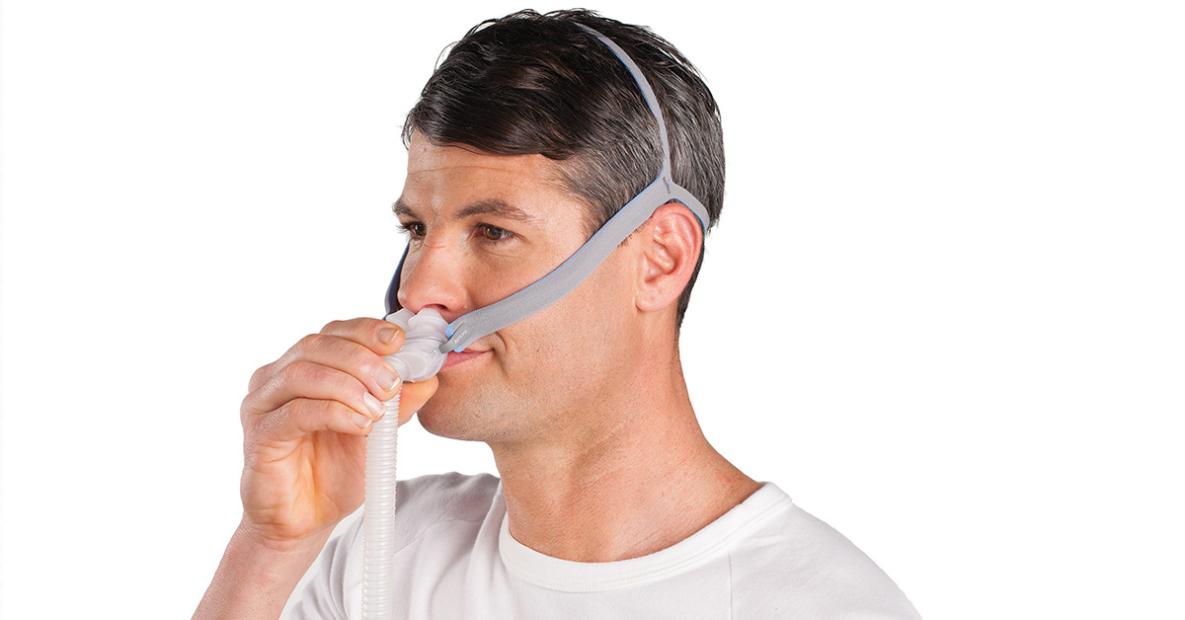How Effective Are Face Masks at Preventing the Spread of Disease?
As the world continues to grapple with the COVID-19 pandemic, the use of face masks has become a widely debated topic. While some argue that face masks are an effective tool in preventing the spread of disease, others question their effectiveness and express concerns about their potential drawbacks. This article aims to provide a comprehensive overview of the evidence and research findings regarding the effectiveness of face masks in preventing the spread of disease, addressing common concerns and challenges associated with their use.

Types Of Face Masks
There are various types of face masks available, each with its own unique design and level of effectiveness. The most commonly used types include:
Surgical Masks
- Description: Disposable, loose-fitting masks that cover the nose and mouth.
- Effectiveness: Moderate, can block large droplets but not small particles.
N95 Respirators
- Description: Tight-fitting masks that filter out 95% of particles.
- Effectiveness: High, can block both large droplets and small particles.
Cloth Masks
- Description: Homemade or commercially produced masks made from fabric.
- Effectiveness: Variable, depends on the material and construction of the mask.
Effectiveness Of Face Masks In Preventing The Spread Of Disease
Numerous studies and research findings have examined the effectiveness of face masks in preventing the spread of disease. These studies have investigated the role of face masks in reducing the transmission of respiratory illnesses, including influenza, SARS, and COVID-19.

The results of these studies have consistently shown that face masks can be effective in reducing the spread of disease. For example, a study published in the journal "The Lancet" found that wearing face masks in public settings was associated with a 50% reduction in the risk of infection with COVID-19. Another study, published in the journal "JAMA Internal Medicine," found that wearing face masks was associated with a 70% reduction in the risk of transmission of influenza.
Transmission Of Respiratory Droplets
Respiratory droplets are produced when an infected person coughs, sneezes, or talks. These droplets can contain viruses and bacteria that can be transmitted to others through inhalation. Face masks can help to block these droplets and prevent them from being inhaled by others.
Role Of Face Masks In Reducing Community Transmission
Face masks play a crucial role in reducing the transmission of disease within a community. By preventing the spread of respiratory droplets, face masks can help to slow the spread of disease and reduce the number of cases. Examples of outbreaks where face masks were used effectively to control the spread of disease include the SARS outbreak in Hong Kong in 2003 and the COVID-19 outbreak in Taiwan in 2020.
Proper Use And Care Of Face Masks
To ensure the effectiveness of face masks, it is important to wear them properly and care for them appropriately.
Instructions For Wearing A Face Mask Properly
- Wash your hands thoroughly with soap and water before putting on the mask.
- Place the mask over your nose and mouth, ensuring that it fits snugly against your face.
- Adjust the mask so that there are no gaps between the mask and your face.
- Avoid touching the mask while wearing it.
- Remove the mask by unhooking it from your ears or untying it from behind your head.
- Wash your hands thoroughly with soap and water after removing the mask.
Care And Maintenance Of Face Masks
- Disposable masks should be discarded after a single use.
- Cloth masks should be washed regularly, preferably after each use.
- Wash cloth masks in hot water with detergent and dry them completely before reuse.
- Avoid using bleach or other harsh chemicals to clean face masks.
Challenges And Limitations Of Face Masks
While face masks can be an effective tool in preventing the spread of disease, there are challenges and limitations associated with their use.
Challenges In Ensuring Compliance
One of the biggest challenges in using face masks is ensuring that people wear them consistently and correctly. Concerns about discomfort, breathability, and social stigma can lead to non-compliance with face mask mandates.
Limitations Of Face Masks
It is important to acknowledge that face masks are not 100% effective in preventing the spread of disease. They can be less effective if they are not worn properly or if they are not made of high-quality materials. Additionally, face masks should be used in combination with other preventive measures, such as social distancing and hand hygiene, to maximize their effectiveness.
The evidence suggests that face masks can be an effective tool in preventing the spread of disease. By blocking respiratory droplets, face masks can help to reduce the transmission of respiratory illnesses, including influenza, SARS, and COVID-19. However, it is important to note that face masks are not a perfect solution and should be used in combination with other preventive measures. To ensure the effectiveness of face masks, it is crucial to wear them properly, care for them appropriately, and address the challenges and limitations associated with their use. By following public health guidelines and recommendations regarding the use of face masks, we can help to protect ourselves and others from the spread of disease.
YesNo

Leave a Reply